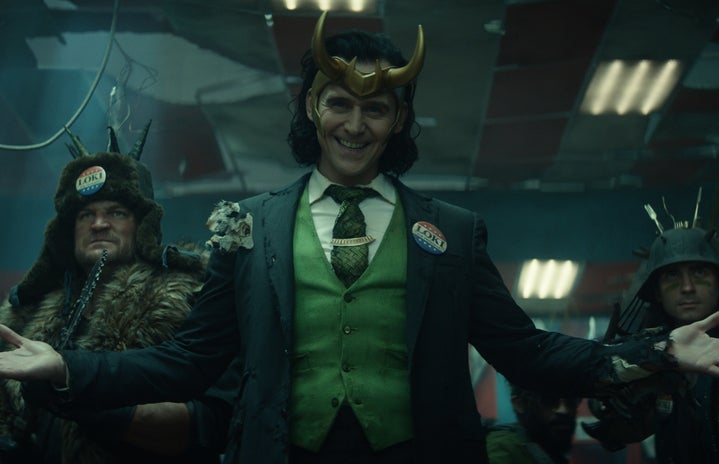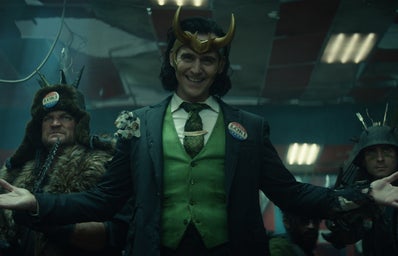In middle school, I loved to watch Gossip Girl, 90210, Gilmore Girls, and the likes. These teen drama shows satisfied my need for entertainment in media consumption. And now, as a 20 year old college student, I seem to be drawn to thrilling dramas with action, gore and suspense. In my mind, I chop this up to my growing need for media stimulus. Watching the Avengers or Harry Potter on repeat surely holds my attention and interest. It wasn’t until a recent course, Computer-Mediated Communication, where I thought critically about why these action type shows bring me so much more enjoyment than comedy shows.
In my Computer-Mediated Communication course, I learned about eudaimonia.
eudaimonia explains that viewers seek out media with “suffering main characters” in order to appreciate deeper and complex feelings.
Compared to Aristotle’s definition, in which eudaimonia explains “human flourishing” and ultimate state of happiness and health, it’s hard to find common ground. Though viewers seek out “suffering main characters” it is for the purpose of admiration. Media consumers that value bittersweet emotions and relate to sadness seek out these types of messages because it makes them think about themselves, the world around them, and focus on relationships. These functions of critical analysis bring about “human flourishing” as Aristotle deemed.
I’ve strangely come to appreciate tragedy and find it an attractive quality in characters. Eudaimonia explains why I and so many others love characters like Loki, Jack Sparrow or Han Solo.
They are the anti-heroes audiences can’t help but love.
We get to see these characters make questionable moral acts but experience sympathy for their cause. Instead of calling these figures villains, we see complexity that makes the character more real.
I relish in sad media because it reminds me that I’m not alone in my negative thoughts. Others that are probably more sane than me take to happy media because it makes them feel good. It’s the same difference when I listen to sad music when I’m upset to feel better while someone else would turn to positive music. I usually end up feeling like I’ve channeled my sadness into music as an avenue of releasing those emotions, which is how tragic characters make me feel.
In the age of the internet, TikTok, and the blurring line of our real life self and online self, media plays a role in shaping our experiences. As a gen-zer, I grew up alongside social media. I started middle school when Instagram was first made and it heavily shaped how I saw myself, my friends, my social status, and influenced my interests (I probably would not have become as big of a fangirl without the access to media that I had). The way tragic characters impact my life and my emotional side would not be possible without the media.
Media shaped the fairly stubborn, insecure, strong-willed and intelligent woman I am. Media was a way for me to deal with life altering experiences happening in the real world. The virtual means of expressing myself offered an outlet I am grateful to have utilized.
Understanding my sadness through a tragic character, and sometimes understanding my happiness through a heroic character, is a paramount role the media took in my life.


